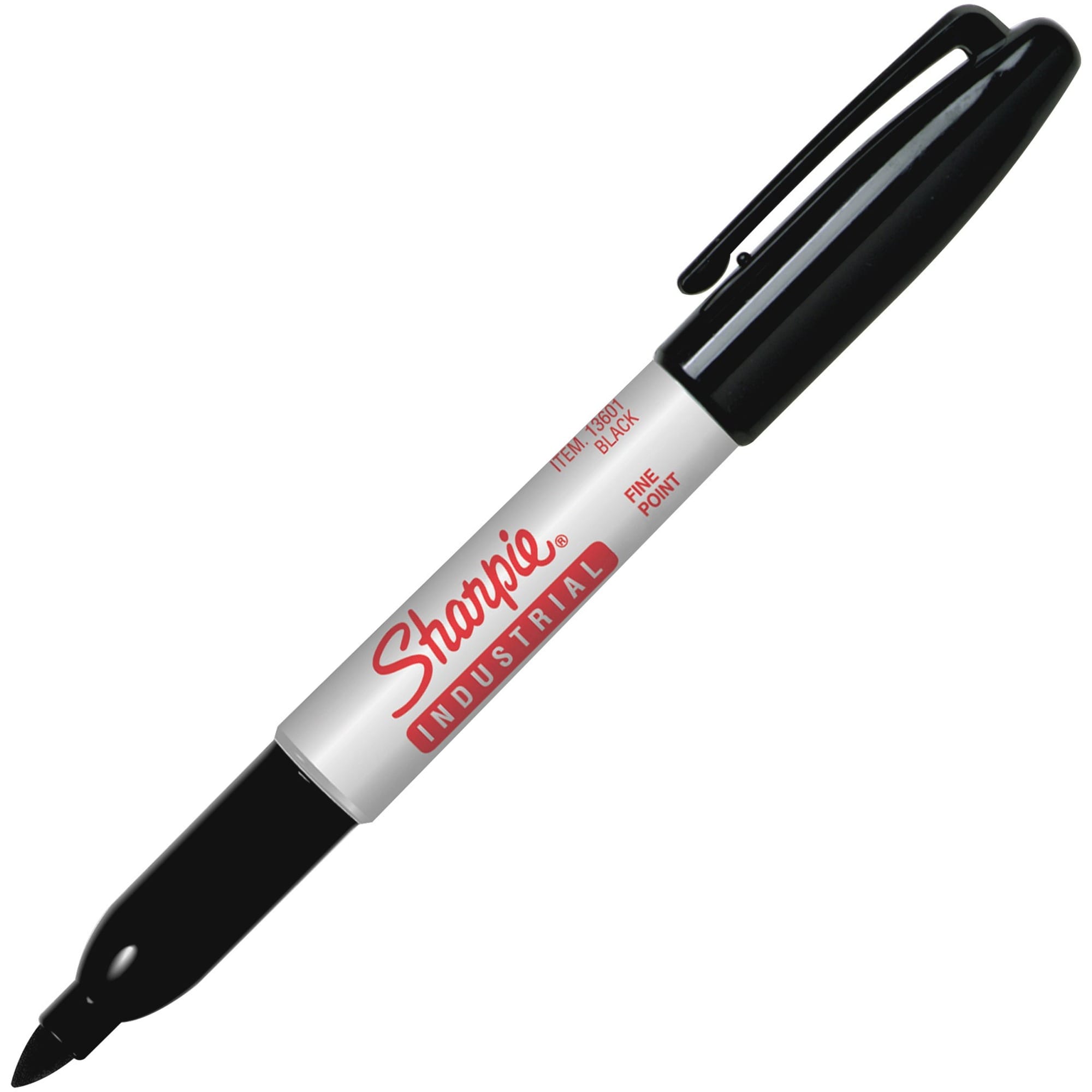This comprehensive guide explores the diverse world of point markers, from their various types and uses to top product picks and innovative applications. Whether you’re an artist, a note-taker, a DIY enthusiast, or a data visualization expert, this guide will equip you with the knowledge to choose and use the perfect point marker for your needs.
Exploring the Variety of Point Markers
Point markers are more than just simple writing tools. They come in a surprising array of types and sizes, each designed for specific purposes. Understanding these distinctions is crucial for selecting the right marker for your task.
Types of Point Markers: Choosing the Right Ink
The type of ink determines the marker’s permanence and suitability for different surfaces.
- Permanent Markers: These markers utilize long-lasting, opaque ink, ideal for marking, labeling, DIY projects, and applications where durability is essential. They are likely to withstand the test of time and some exposure to weather.
- Dry-Erase Markers: Designed for non-porous surfaces like whiteboards, glass, and some plastics, these markers offer easily erasable ink, perfect for brainstorming, presentations, and temporary markings.
- Paint Markers: Containing opaque and vibrant ink, paint markers adhere to a wider range of surfaces, including glass, metal, wood, and fabric. These are popular among artists, crafters, and those seeking a personalized touch on their projects. Some formulations offer enhanced resistance to fading and weathering for outdoor use.
Tip Sizes: Precision and Versatility
The marker’s tip size dictates the line weight and precision of your markings.
- Ultra-Fine Point: Offering unparalleled precision, these tips are ideal for intricate artwork, technical drawings, and small writing where detail is paramount.
- Fine Point: Balancing precision and versatility, fine point markers are suitable for detailed sketching, everyday writing, and note-taking.
- Medium Point: A general-purpose option for clear labeling, bold lines, and everyday marking tasks.
- Bold Point: For high-visibility markings, bold point markers are best for signage, posters, and applications where the mark needs to be seen from a distance.
Top Point Marker Brands for 2024
Selecting the right brand can be crucial for achieving desired results. Here’s a glimpse at some leading brands, each with its own specialty.
| Brand | Specialty | Likely Retailers |
|---|---|---|
| Sharpie | Wide range of tips and colors, known for reliability | Most major retailers |
| Shuttle Art | Value packs, good for bulk purchases | Online retailers, some art supply stores |
| BIC | Affordable permanent markers | Most major retailers |
| Milwaukee | Durable industrial markers | Hardware stores, industrial suppliers |
| Uni Posca | High-quality paint markers, vibrant colors | Art supply stores, online retailers |
This list is not exhaustive. Numerous other excellent brands cater to specific niches and offer unique features. Researching and comparing options is always recommended. For fruit lovers, our orchards with fruits offer a delightful experience with a wide selection of fresh, organic produce.
Unleashing the Power of Point Markers: Diverse Applications
Point markers find applications across a wide spectrum of activities:
- Art: From quick sketches to intricate illustrations, point markers are a versatile tool for artists of all levels.
- Labeling: Maintain organization and easy identification by clearly labeling containers, boxes, and files.
- DIY Projects: Essential for home improvements, crafting, and repair work, point markers allow for precise measurements, note-taking, and personalized touches.
- Industrial Marking: In industrial settings, point markers are crucial for identification, inspection, and marking on metal, machinery, and diverse surfaces.
- Adult Coloring Books: Explore creativity and relaxation with the precise lines and vibrant colors of point markers in adult coloring books.
- Calligraphy: Fine-point markers allow for experimentation with elegant lettering and calligraphy styles.
- Bullet Journaling: Personalize bullet journals with visual trackers, color-coded notes, and creative designs.
- Model Making: Enhance details, create precise markings, and add realistic weathering effects to scale models.
Selecting the Right Point Marker: A Personalized Guide
Choosing the ideal point marker depends on your specific needs. Consider these key factors:
- Intended Use: The application determines the required marker type and tip size.
- Surface: The surface being marked influences ink compatibility and permanence.
- Ink Type: Choose between permanent, erasable, or paint-based ink depending on the desired longevity.
- Tip Size: Select the appropriate tip size for the desired line weight and precision.
- Budget: Point markers range in price, so set a budget that aligns with your requirements.
The Evolving Landscape of Point Markers
Ongoing research continually yields advancements in ink formulations, tip designs, and marker performance. We may see the emergence of more eco-friendly options and markers with specialized properties, like increased lightfastness or resistance to specific chemicals. The future of point markers is likely to be filled with innovation.
Decoding Point Markers in Data Visualization
Point markers play a crucial role in data visualization, transforming raw data into understandable insights. They are the visual cues on charts and graphs that highlight specific data values, enhancing communication and interpretation.
What are Point Markers?
In data visualization, point markers are graphical symbols used to represent individual data points on charts and graphs, such as scatter plots and line graphs. Their purpose is to enhance clarity, highlight trends, and make complex data easier to grasp. These markers can take various forms, from simple shapes like circles and squares to more distinct symbols like stars and diamonds.
Where are Point Markers Used?
Beyond charts and graphs, point markers appear in various applications:
- Software: Spreadsheet programs like Excel offer basic marker customization, while programming languages like Python (with libraries like Matplotlib) and MATLAB provide more advanced control over marker appearance and functionality.
- Real-World Applications: Point markers are used on maps to indicate locations and on nautical charts to represent buoys and navigational hazards.
Customizing Point Markers: Enhancing Visual Storytelling
Most data visualization software allows for customization of point markers, empowering users to create more compelling visuals:
- Shape: Choose from a wide variety of shapes to differentiate data series or categories, including circles, squares, triangles, stars, and even custom symbols.
- Size: Adjust marker size to emphasize specific data points, represent a third dimension of data, or add visual hierarchy.
- Color: Color-coding markers can categorize data, highlight values, or create visual appeal, making data interpretation more intuitive.
Choosing the Right Point Marker: Context is Key
The selection of the appropriate point marker depends on the context of your data visualization. Consider the following:
- Purpose of Visualization: Are you highlighting outliers? Comparing categories? Choose markers that effectively communicate the intended message.
- Software Capabilities: Different software offers varying levels of customization. Familiarize yourself with the options available in your chosen tool.
- Overall Impact: Well-chosen markers can enhance engagement and aesthetic appeal, making your data visualizations more impactful.
| Feature | Description |
|---|---|
| Shape | Choose from a wide range of shapes or create custom ones. |
| Size | Adjustable to emphasize specific data points or represent additional data dimensions. |
| Color | Use color for categorization, highlighting values, and visual appeal. |
| Software Support | Supported in Excel, Python (Matplotlib), MATLAB, and other data visualization tools. |
The Future of Point Markers in Data Visualization
Ongoing research explores how marker design impacts cognitive processing. Future studies may lead to improved readability, enhanced accessibility for visually impaired users, and more effective use in interactive visualizations.
Are CD/DVD Markers Truly Permanent?
The permanence of CD/DVD markers isn’t a simple yes or no answer. While marketed as “permanent,” their longevity depends on several factors.
Factors Affecting CD/DVD Marker Permanence
- Ink Type: Oil-based and pigment-based inks generally offer better longevity and resistance to smudging, water, and fading compared to dye-based or water-based inks, which are more prone to fading over time, especially with sunlight exposure.
- Brand Quality: Reputable brands often utilize higher-quality ingredients and formulations, leading to more durable markings. Reading reviews or conducting small tests is advisable.
- Storage Conditions: Environmental factors like extreme temperatures, direct sunlight, and humidity can significantly impact ink longevity. Storing labeled discs in a cool, dry, and dark environment is recommended.
- Application Technique: Applying ink with a light touch and allowing sufficient drying time prevents damage and smudging.
Tips for Long-Lasting CD/DVD Labels
- Clean the Surface: Gently clean the disc with a soft, dry cloth before labeling.
- Apply Gently: Use a light touch to avoid damaging the disc or creating uneven lines.
- Allow to Dry: Ensure the ink dries completely before handling or stacking discs.
- Store Properly: Keep labeled discs in a cool, dry, and dark environment, avoiding excessive stacking.
Alternatives to Markers
- Adhesive Labels: Offer a neat, professional appearance but can peel over time.
- CD/DVD Printers: Provide the most permanent and professional results but represent a larger investment.
Ongoing Research
Research into ink formulations is continuous, and future advancements could lead to even more durable CD/DVD markers.
Banishing Permanent Marker Stains: A Comprehensive Guide
Permanent marker stains don’t have to be permanent. This guide provides effective removal methods for various surfaces.
Understanding Permanent Marker Ink
Permanent markers typically utilize pigments and a solvent, often alcohol-based. This ink penetrates porous surfaces, necessitating different removal strategies compared to non-porous materials.
Removal Methods by Surface
Hard, Non-Porous Surfaces (e.g., glass, plastic, whiteboards):
- Rubbing Alcohol (Isopropyl Alcohol): Gently dab with a cotton ball. This is likely the most effective method due to its ability to dissolve the ink.
- Hand Sanitizer: The alcohol content can be effective for lighter stains.
- Dry Erase Markers (for whiteboards): Overwrite the stain and wipe clean. This method suggests the dry erase marker solvents help dissolve the permanent ink.
- Commercial Cleaners: Specialized products offer powerful cleaning potential.
Porous Surfaces (e.g., clothing, upholstery, wood):
- Hairspray (alcohol-based): Dab on fabric stains and launder.
- Baking Soda: Create a paste for upholstery and scrub gently. Baking soda may act as a mild abrasive to dislodge ink particles.
- Distilled White Vinegar: Apply to leather and wipe clean.
- Lemon Essential Oil: Use cautiously on painted walls. Some experts believe the oil’s solvent properties help lift the stain.
Skin:
- Rubbing Alcohol/Hand Sanitizer: Apply gently.
- Nail Polish Remover (acetone-based): Use sparingly due to potential skin irritation. Acetone is a powerful solvent, but its use on skin requires caution.
Choosing the Right Removal Method
- Test First: Always test in an inconspicuous area to prevent damage.
- Material Sensitivity: Consider the material’s reaction to different solvents.
- Stain Age: Older stains may require more persistent efforts. Ongoing research continues to explore improved removal techniques, including environmentally friendly solvents and specialized polymers.
This enhanced guide provides a comprehensive understanding of point markers in various contexts, offering practical advice and valuable insights to help you choose the right marker, utilize it effectively, and even tackle those inevitable permanent marker mishaps.
- Unlock Water’s Symbolism: A Cross-Cultural Exploration - April 20, 2025
- Identify Black and White Snakes: Venomous or Harmless? - April 20, 2025
- Unlocking Potential: Origins High School’s NYC Story - April 20, 2025
















1 thought on “The Ultimate Guide to Point Markers: Types, Uses, and Top Picks for 2024”
Comments are closed.